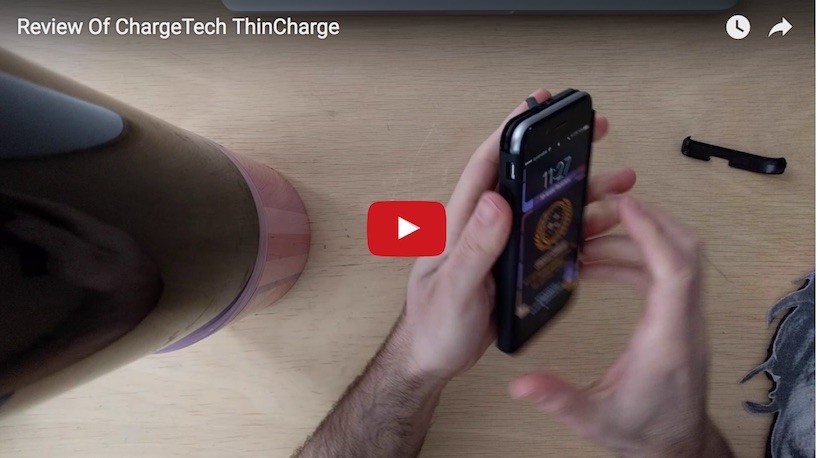
When the iPhone 14 was announced this past September, it was, well more or less the standard release we’ve come to expect in recent years. A better camera, improved battery, but also quietly mentioned was the removal of a physical SIM card slot. The iPhone 14 models have gone completely eSIM, on U.S. models only for the time being, so what exactly does that mean?
What Is An eSIM?
Let’s start with physical the SIM cards you’re probably familiar with. SIM stands for (Subscriber Identity Module) and they’re thin plates of gold on plastic that have information embedded on them which identifies your phone to a mobile network. It’s how Mint Mobile for example, recognizes your phone and associated cellular plan. With physical SIM cards, when you want to switch networks, you have to remove one card and insert the other, for another mobile network. (Some phones have dual SIM card slots, but the concept is the same.)

eSIMs are basically a software version of the same thing. Instead of a physical card with your phone’s identifying information, that information is stored on your phone like a file would. Many newer phones have a physical SIM tray and support eSIM but the iPhone 14 has dropped the tangible cards altogether.
The Apple Shift
Chances are on a regular basis you don’t think about SIM cards much. They only really need to be changed when you’re switching carriers from a regular provider or temporarily when traveling internationally. Many countries do support eSIMs but not all carriers everywhere do. With Apple completely removing the SIM tray from their U.S. phones (sure to be coming to international phones soon enough) it will push major carriers everywhere to support eSIM in a big way. As Apple and the iPhone goes, so does the smartphone industry.
What This Transition Means
At the moment, unless you’re using an iPhone 14 purchased in the United States or some other eSIM only phone (which isn’t many of you yet), these changes won’t affect you directly. For iPhone 14 and other eSIM only users, transferring your old phone to the new one will be a relatively straightforward software sync of a few minutes. When traveling, most other countries have some eSIM provider – though it might not be all the carriers everywhere yet. So if you want to get a local phone line and data plan, you can try adding a new eSIM using a service on your phone. (Which is much simpler, cheaper, and faster than having to get a new physical SIM card.)
Otherwise in the instances where an eSIM is not available, you can add an international plan to your primary cell line for the duration of your trip or bring an older phone with a physical SIM tray as a backup just in case. And as you’re reading this probably by the time the iPhone 15 rolls around, eSIMs will be a lot more common and familiar around the world.











